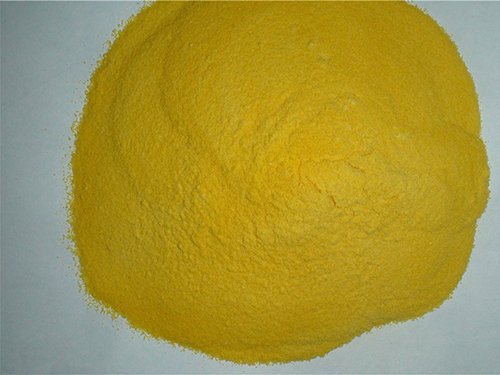Properties and Applications of Dry Polyacrylamide in Various Industries
Understanding Dry Polyacrylamide Properties, Applications, and Benefits
Dry polyacrylamide is a versatile polymer widely used across various industries due to its unique properties and functionalities. As a water-soluble polymer, polyacrylamide (PAM) is synthesized from acrylamide monomers and is known for its ability to enhance the viscosity of water, making it an invaluable substance in multiple applications ranging from wastewater treatment to agriculture.
Chemical Structure and Properties
Polyacrylamide is formed through the polymerization of acrylamide, which can be achieved through free radical polymerization techniques. The result is a large molecule characterized by its hydrophilic nature, enabling it to dissolve readily in water. When dry, polyacrylamide appears as a powder, but it easily hydrates when mixed with water, forming a gel-like consistency that can aid in various processes.
The polymer's charge properties can vary, leading to three primary types anionic, cationic, and non-ionic polyacrylamide. Each type has distinct characteristics that make it suitable for specific applications. For instance, anionic polyacrylamide is typically used in soil conditioning and erosion control, while cationic polyacrylamide is effective in flocculation and coagulation processes.
Applications in Various Industries
1. Water Treatment One of the most significant applications of dry polyacrylamide is in wastewater treatment plants. Due to its ability to aggregate small particles, PAM assists in the flocculation process. The polymer binds suspended solids, which facilitates their removal during sedimentation, ultimately improving water quality.
2. Agriculture In agriculture, dry polyacrylamide is employed to improve soil structure and moisture retention. By enhancing soil aggregation, PAM helps reduce erosion and runoff, thus promoting sustainable farming practices. It can also be used in irrigation systems to keep moisture in the soil for extended periods, thereby reducing water consumption.
dry polyacrylamide

3. Mining and Mineral Processing In the mining industry, polyacrylamide is used for the separation and retention of minerals. The polymer enhances the settling of solids in tailings, which assists in the efficient recovery of valuable minerals while minimizing environmental impact.
4. Construction Polyacrylamide can be incorporated into construction materials and adhesives to improve their performance. It increases the viscosity of cement-based mixtures, which can enhance workability and reduce water requirements.
5. Food Industry In food processing, PAM is sometimes used as a clarifying agent, aiding in the removal of impurities from liquids. Its ability to bind particles makes it useful in various food applications, ensuring a clearer and more polished final product.
Benefits of Using Dry Polyacrylamide
The use of dry polyacrylamide brings numerous benefits. Its effectiveness in increasing water retention in soils can lead to improved crop yields, while its application in wastewater treatment enhances environmental sustainability by promoting cleaner water discharge. Furthermore, the versatility of PAM allows it to adapt to different environmental conditions, making it a reliable option for various industrial applications.
Additionally, polyacrylamide is generally considered safe for use in numerous applications, with its effects on human health being minimal when used correctly. However, it is essential to follow safety guidelines, as acrylamide can pose risks in its monomer form.
In conclusion, dry polyacrylamide is an essential polymer with wide-ranging applications across industries. Its properties make it invaluable in enhancing water quality, improving soil health, facilitating mining processes, and solidifying construction materials. As industries continue to innovate and seek more efficient methods, dry polyacrylamide will undoubtedly remain a pivotal component in various sectors.
-
Water Treatment with Flocculant Water TreatmentNewsJun.12,2025
-
Polymaleic AnhydrideNewsJun.12,2025
-
Polyaspartic AcidNewsJun.12,2025
-
Enhance Industrial Processes with IsothiazolinonesNewsJun.12,2025
-
Enhance Industrial Processes with PBTCA SolutionsNewsJun.12,2025
-
Dodecyldimethylbenzylammonium Chloride SolutionsNewsJun.12,2025





